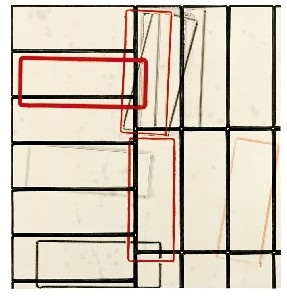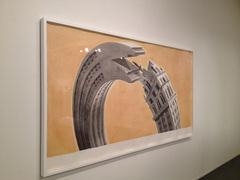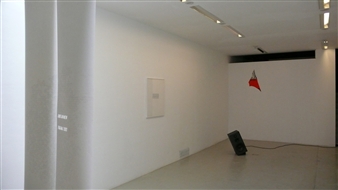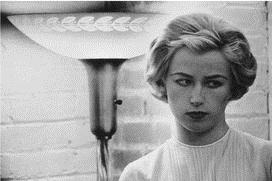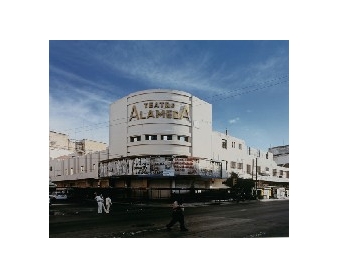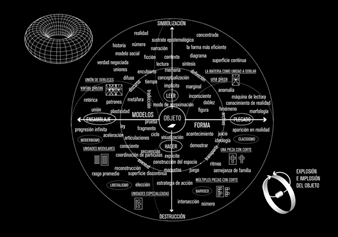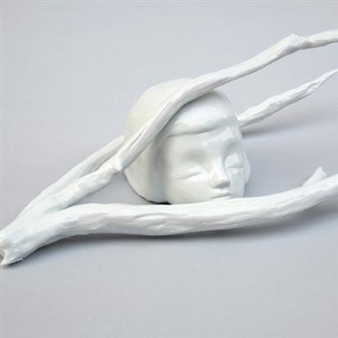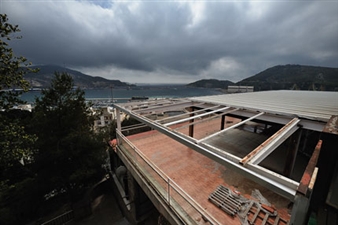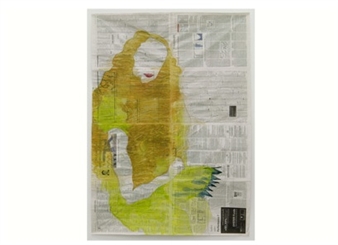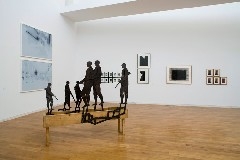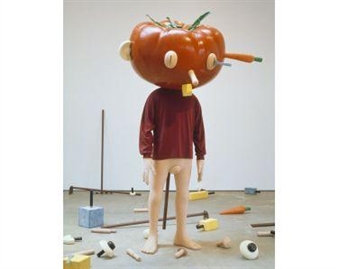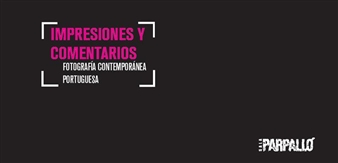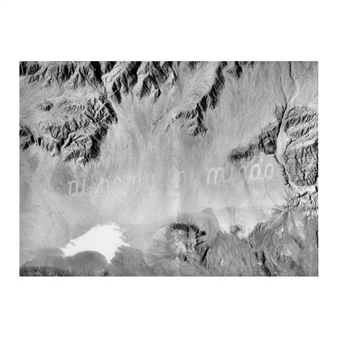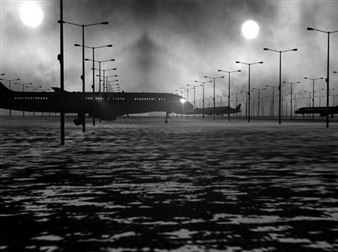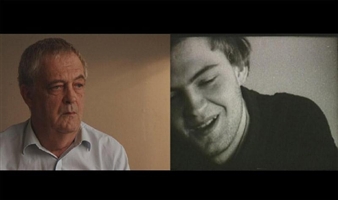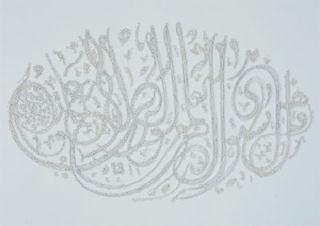Spaces of the Self: Femininity in Italian Video
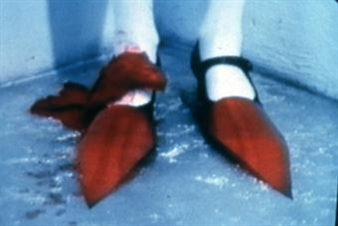
The Centro Cultural Montehermoso, Pais Vasco, Vitoria, 02/25/2011 - 07/03/2011
Calle de Fray Zacarías Martínez, 2
The writings of Carla Lonzi and the collective Rivolta Femminile, point to the fact that the inaugural moment of Italian feminism is profoundly tied to the world of art. However, this bond is marked by an irremediable detachment, for at the time art was still considered a male terrain. Italian feminism can in a certain sense be seen to build on the radical refusal of the forms of creativity of that time, in particular the myth that art is an emancipatory practice. Rivolta Femminile considered the possibilities that art could serve as a liberatory force for women to be illusory, since creativity had been in fact colonized by men. Despite this rejection, however, we get a sense of the previous involvements and commitments to the artistic arena in the feminist writings of Lonzi as well as the manifestos of the collective. These artistic antecedents are evidenced by their choice of provocative language; the form of their manifestos, and the various forms of self-representation that clearly follow rhetorical and discursive strategies borrowed from the avant-garde. However they are also made manifest by their reference to the problem of the artistic gaze. Contrary to the then contemporary theorizations in the Anglo-Saxon context, for Rivolta Feminile the woman is not the object but the spectator of the artwork; it is she who passively observes and thus legitimizes male creativity through her muted gaze. These considerations suggest the frustration Lonzi must have had when her own work as an art critic came up against her search for a critical vocabulary that could break with gender hierarchies. If, for Lonzi, the absence of woman legitimated the patriarchal character of creativity, this did not translate into a push to subvert its foundations, imposing on men the very kind of competition from which women were excluded. The birth of Rivolta Femminile signals instead a paradoxical bifurcation between feminism and artistic practice.
The eight videos collected in this exhibition are were for the most part made after these events, and by artists born between the sixties and seventies; artists who belong to a generation that faces artworld of the nineties and beyond, when the work of many of these artists finally succeeded in gaining the attention of the public and of art critics. The nineties have often been represented as a “turning point.” As re-discoveries of important figures like Carol Rama show, the nineties mark a seemingly sudden shift from the hypertrophic male chauvinism of the Transavanguardia to the affirmation of a diffuse female creativity. How do we interpret this shift or break? As a phenomenon of normalization, as a return of the repressed (in the Freudian sense), as rupture, or historical regression? Is there a thread that links the radicality and creativity of Italian feminism of the 1970s with the more recent blossoming of women’s artistic practices? (If so, what is that thread?) It is difficult to answer these questions. It appears evident, however, that the time or temporality of the art of women raises questions about its own non-linearity, about its discrepancies, anachronisms, as well as the returns that it is comprised of.
Curated by Giovanna Zapperi
